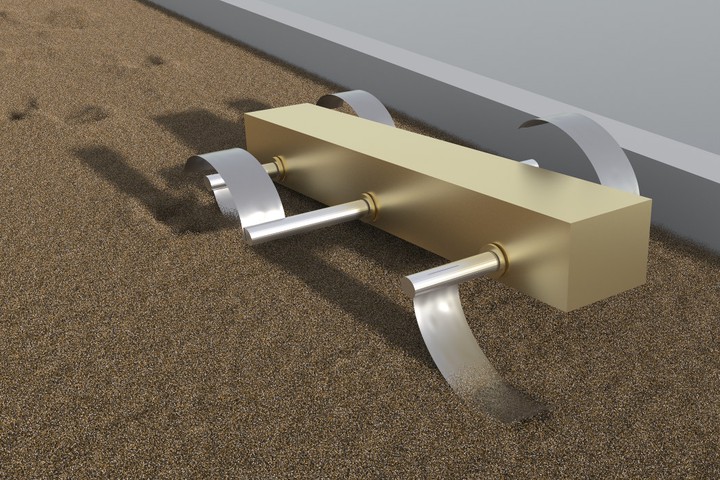

A Moving Least Squares Material Point Method with Displacement Discontinuity and...
source link: https://yuanming.taichi.graphics/publication/2018-mlsmpm/
Go to the source link to view the article. You can view the picture content, updated content and better typesetting reading experience. If the link is broken, please click the button below to view the snapshot at that time.
A Moving Least Squares Material Point Method with Displacement Discontinuity and Two-Way Rigid Body Coupling

Abstract
In this paper, we introduce the Moving Least Squares Material Point Method(MLS-MPM). MLS-MPM naturally leads to the formulation of Affine Particle-In-Cell (APIC) and Polynomial Particle-In-Cell in a way that is consistent with a Galerkin-style weak form discretization of the governing equations. Additionally, it enables a new stress divergence discretization that effortlessly allows all MPM simulations to run two times faster than before. We also develop a Compatible Particle-In-Cell(CPIC) algorithm on top of MLS-MPM. Utilizing a colored distance field representation and a novel compatibility condition for particles and grid nodes, our framework enables the simulation of various new phenomena that are not previously supported by MPM, including material cutting, dynamic openboundaries, and two-way coupling with rigid bodies. MLS-MPM with CPICis easy to implement and friendly to performance optimization.
- (August 2019) Check out our SIGGRAPH 2019 course on high-performance MPM!
- (May 2019) Check out niall’s MLS-MPM Unity implementation and tutorial!
- (March 2019) David Medina contributed mls-mpm88-explained.cpp which is much easier to read than the original 88-line version.
- (March 2019) Roberto Toro made mls-mpm.js that runs in your browser!
- (March 2019) This software is now released under the MIT license. Feel free to use it commercially. We would appreciate your acknoledgements if our software helps you.
[Introduction & Demo Video] [Paper] [Supplemental Document] [88-Line MLS-MPM]
[SIGGRAPH 2018 Fast Forward] [PDF Slides] [PDF Slides with Notes]
Yuanming Hu
MIT EECS Ph.D.; Co-founder and CEO of Taichi Graphics.
Recommend
About Joyk
Aggregate valuable and interesting links.
Joyk means Joy of geeK